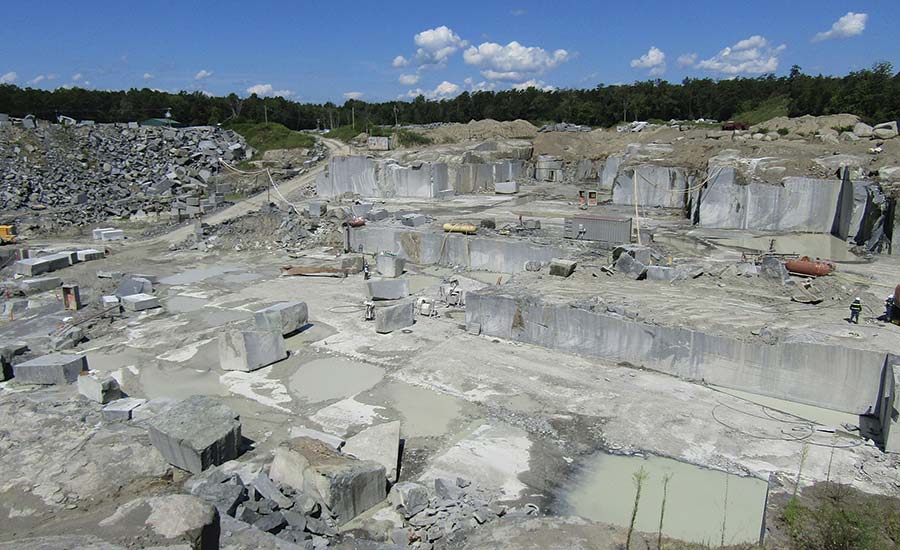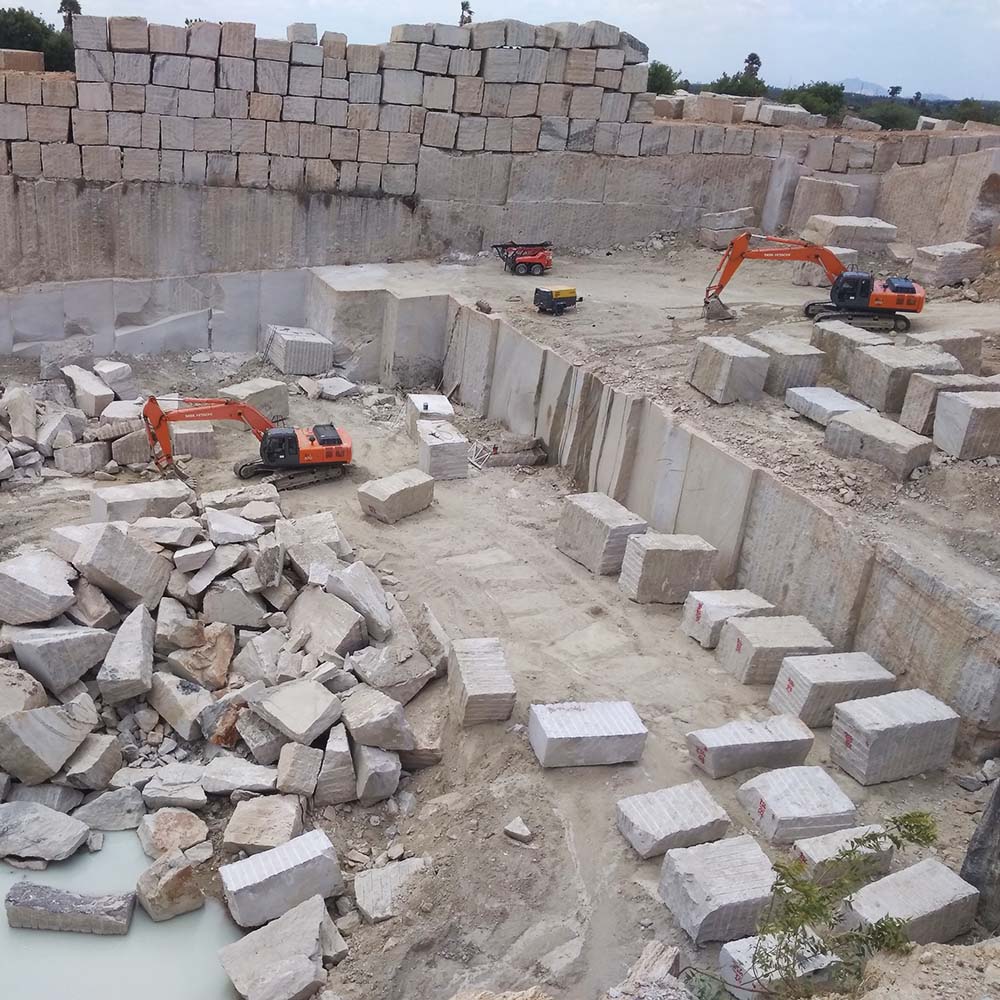Diving right into of Granite Quarries in South Africa
Diving right into of Granite Quarries in South Africa
Blog Article
Revealing the Mysteries of Granite Quarrying: Where Toughness and Elegance Meet
The globe of granite quarrying is a world where the raw strength of nature assembles with human virtuosity to create structures that stand the examination of time with an air of elegance. From the midsts of quarries to the meticulous sprucing up in workshops, the process of transforming granite right into architectural wonders is a complex dance of practice and technology. As we peer into the midsts of this old craft, we start to uncover the covert details that form the very essence of our developed setting.
The Origins of Granite Quarrying
In the record of building background, the beginnings of granite quarrying are shrouded in a tapestry of ancient craftsmanship and geological marvels. Dating back to ancient Egypt and Mesopotamia, the extraction of granite from quarries marked the start of a trip that would at some point bring about the creation of some of the world's most renowned structures.
Granite quarrying's origins can be mapped to the skilled artisans who recognized the stone's durability and visual allure. Via a mix of primitive devices and large resolution, these early quarry workers unearthed granite blocks that would certainly end up being the building blocks of worlds.
As people developed, so did the methods of quarrying granite. The Romans, renowned for their engineering prowess, developed advanced approaches for removing granite to create monoliths, temples, and roads that stood the test of time.
The heritage of these old quarrying techniques remains to shape modern style, with granite continuing to be a sign of stamina and beauty in building projects around the globe. (granite quarries in south africa)
Devices of the Quarrying Trade
The evolution of granite quarrying techniques from old people to modern times highlights the vital role played by the devices of the quarrying profession in shaping the sector's methods. In ancient times, quarrying devices were simple, frequently including chisels, hammers, and wedges made from products like bronze or iron. These tools called for considerable manpower and time to remove granite blocks from quarries.

Additionally, the introduction of pneumatic tools and high-powered machinery has considerably minimized the physical labor called for in quarrying procedures, boosting employee safety and security and performance. As the quarrying sector proceeds to introduce, the find this tools of the trade remain at the forefront of driving progress and shaping the future of granite extraction.
Extracting Blocks of Granite
Utilizing accuracy machinery and progressed strategies, the extraction of granite obstructs from quarries has actually become an innovative procedure in the modern quarrying sector. Managed blasting strategies are then used to break apart the granite into workable sections.

Sprucing Up and Completing Strategies
To attain a remarkable surface on granite blocks, experienced craftsmens utilize a series of meticulous sprucing up and completing techniques. After the first extraction and shaping procedures, the granite obstructs undertake a complete sprucing up phase to boost their natural elegance and longevity. One typical method made use of in polishing granite is ruby abrasion, where commercial rubies are used to grind and brighten the stone to a smooth surface. This process not just creates a shiny surface however also makes sure uniformity in shade and texture across the granite block.
Along with sprucing up, finishing methods are put on further fine-tune the granite's look. These techniques may consist of flaming, honing, or brushing, each offering one-of-a-kind textures and surfaces to match various aesthetic preferences. Flaming, for example, entails exposing the granite surface to high temperature levels to develop a rough, textured surface, suitable for outdoor applications where slip-resistance is important. Honing, on the various other hand, provides a matte finish that is smooth to the touch, perfect for interior kitchen counters and flooring. By thoroughly choosing and using these brightening and completing strategies, craftsmens can change raw granite obstructs right into exquisite pieces that display both toughness and style.

Ecological Impact and Sustainability
With the expanding emphasis on ecological consciousness in the market, granite quarrying practices are progressively scrutinized for their influence on natural deposits and long-term sustainability. Quarrying for granite can have considerable environmental ramifications. The removal process usually involves using heavy machinery, nitroglycerins, and large quantities of water, bring about habitat damage, soil disintegration, and water contamination. In addition, the transportation of granite from quarries to processing centers creates carbon emissions, additionally adding to ecological deterioration. granite quarries in south africa.
To reduce these effects and make certain sustainability in granite quarrying, industry stakeholders are adopting various procedures. Carrying out innovative modern technologies to reduce energy consumption and water usage, recovering quarried land for environmental reconstruction, and promoting liable sourcing practices are some approaches being used. Accreditations such as the Forest Stewardship Council (FSC) and the Management in Power and Environmental Layout (LEED) assistance consumers determine environmentally friendly granite items.
Conclusion
To conclude, click resources granite quarrying is a process that requires specialized devices and methods to extract blocks of granite and brighten them to a high level of coating. While the ecological impact of quarrying can be significant, initiatives are being made to improve sustainability techniques in the market. Overall, granite quarrying is a fragile balance in between utilizing the strength and sophistication of this natural rock while reducing its influence on the atmosphere.
Report this page